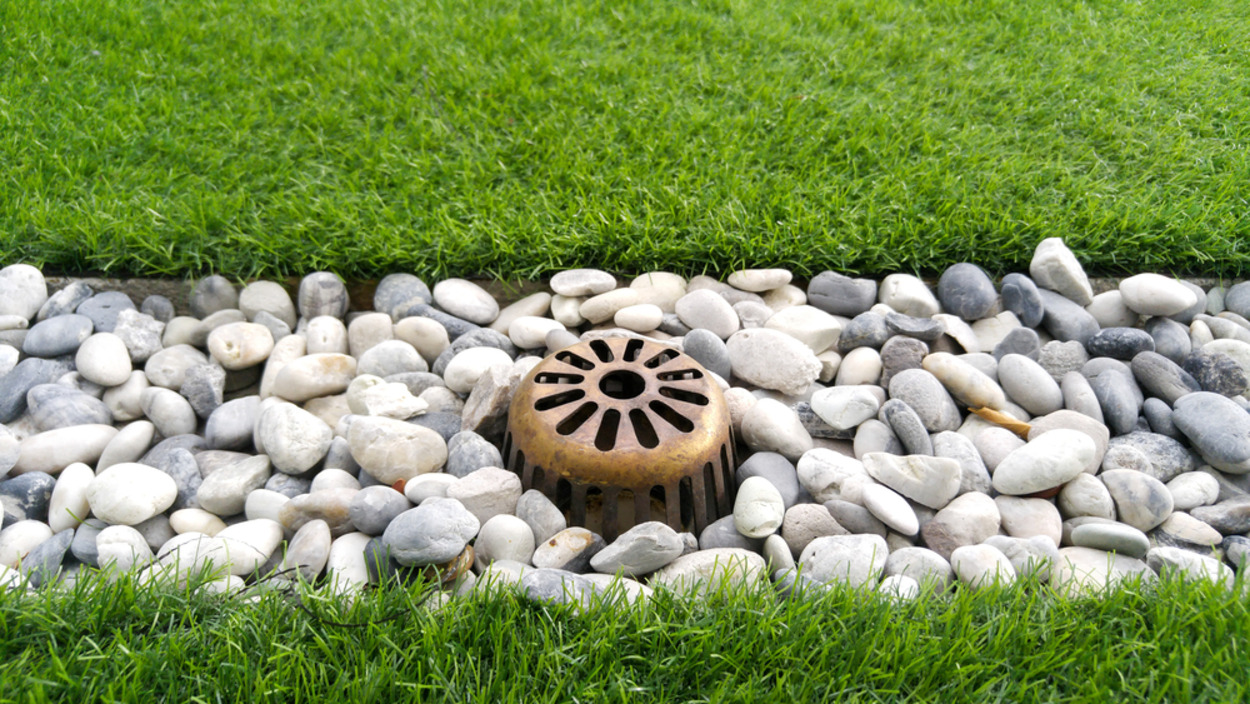Key Takeaways
- Understanding the common causes of drainage problems in lawns
- Effective solutions for improving lawn drainage
- The importance of maintaining proper lawn drainage for landscape health
Common Causes of Lawn Drainage Problems
Poor lawn drainage can stem from various factors, such as compacted soil, an uneven lawn surface, or inadequate landscaping. These issues often result in water pooling on the surface, making your lawn susceptible to diseases and pests. Knowing the root causes allows for targeted drainage solutions St Louis MO that can effectively address and prevent such problems. For example, compacted soil restricts water movement through the soil layers, causing excess water to accumulate on the surface. This can drown grassroots, leading to thinning grass or dead patches.
Moreover, an uneven lawn can direct water to low spots, creating problematic puddles. These waterlogged areas encourage the spread of bacteria and fungi, which can seriously harm the condition of your lawn. Inadequate landscaping, such as incorrect grading or the lack of proper drainage systems, further exacerbates the issue. Identifying these causes is the first step in solving your drainage issues and ensuring a lush, green, and healthy lawn.
Effective Lawn Drainage Solutions
Addressing lawn drainage issues often requires a combination of methods tailored to your specific lawn conditions. Here are some proven strategies:
- Aeration: Regularly aerate your lawn to relieve soil compaction and improve water absorption. Aeration, which involves creating small holes in the soil, allows water, air, and nutrients to penetrate deeper into the root zone. This not only improves drainage but also promotes root growth and lawn health.
- Creating Swales: Swales are shallow channels that redirect excess water away from your lawn, preventing pooling. They are particularly useful for properties with gentle slopes. Swales can be enhanced with plants or grass to blend into your landscape while facilitating effective water movement.
- Installing French Drains: French drains involve perforated pipes that are buried underground to redirect water away from areas prone to saturation. These drains are highly effective for large areas and heavy rainfall. Installation includes digging a trench, laying down the pipe surrounded by gravel, and covering it with a layer of sand or topsoil. This method ensures that water is efficiently moved away from problematic areas.
- Using Rain Gardens: Rain gardens are designed to capture and filter runoff water, promoting natural absorption. They can be aesthetically pleasing while serving a functional purpose in lawn drainage.
Tools and Materials for Lawn Drainage
Having the right tools and materials is essential for effective drainage solutions. Here are some key items you might need:
- Garden Fork or Aerator: These tools are crucial for aeration and ensuring soil porosity.
- Gravel and Sand: Essential for creating French drains and improving soil texture.
- Perforated Pipes: Used in French drains to facilitate water movement away from wet areas.
- Shovels and Rakes: Necessary for digging trenches and leveling the ground during drainage installations.
- Topsoil: Used to cover drainage systems and aid in grass regrowth.
Maintaining Proper Lawn Drainage
Proper maintenance is key to ensuring your lawn remains free of drainage issues. Make sure water is being diverted away from your yard by routinely cleaning and inspecting your gutters and downspouts. Leaf and debris buildup in gutters can cause overflowing water, which exacerbates drainage issues on lawns.
Regrading your lawn may also be necessary to maintain the right slope for effective drainage. According to MasterClass, maintaining a healthy soil structure through organic amendments, such as compost, can also improve drainage over time. Getting enough sunlight and ventilation will help your lawn become even more adept at water management. Regularly dethatching your lawn, which involves removing layers of dead grass and organic material, can also improve water infiltration and prevent surface runoff.
Benefits of Proper Lawn Drainage
Ensuring proper lawn drainage has numerous benefits, including:
- Healthier Grass: Increased root development and a lower chance of grass illnesses are two benefits of a well-drained lawn. Grass can access the nutrients and water it needs without being waterlogged, resulting in a denser, more vigorous lawn that can better withstand drought and other stresses.
- Enhanced Landscape: Proper drainage improves the aesthetic appeal of your lawn, making it more inviting. Maintaining a well-kept lawn may greatly improve the curb appeal of your home and create a relaxing area for outdoor activities.
- Environmental Protection: Effective drainage prevents soil erosion and reduces water runoff, benefiting the local ecosystem. Well-drained lawns also reduce the likelihood of standing water, which can become breeding grounds for mosquitoes. Additionally, effective drainage systems can capture and slowly release runoff, recharging groundwater supplies and reducing the burden on stormwater systems.
